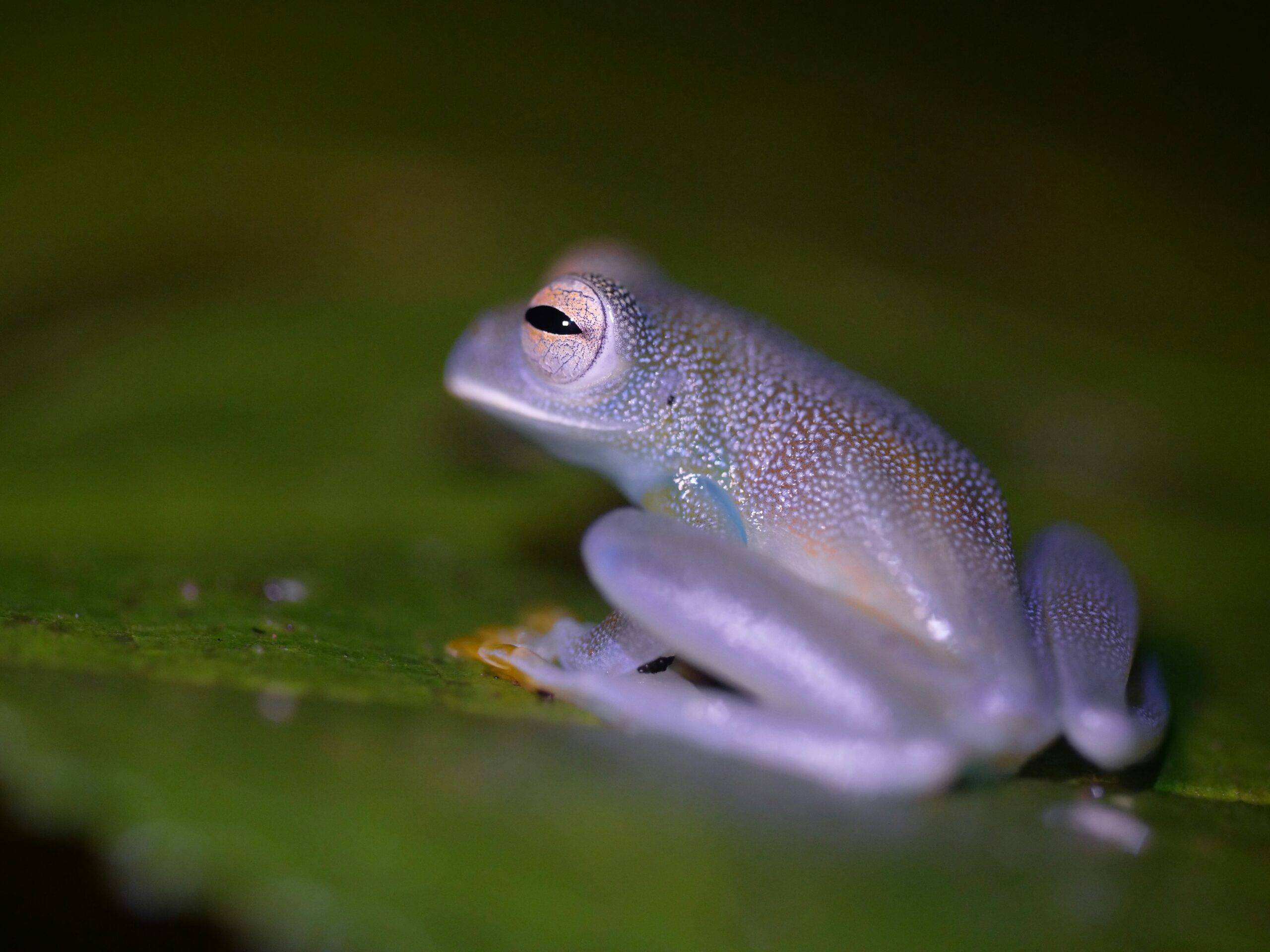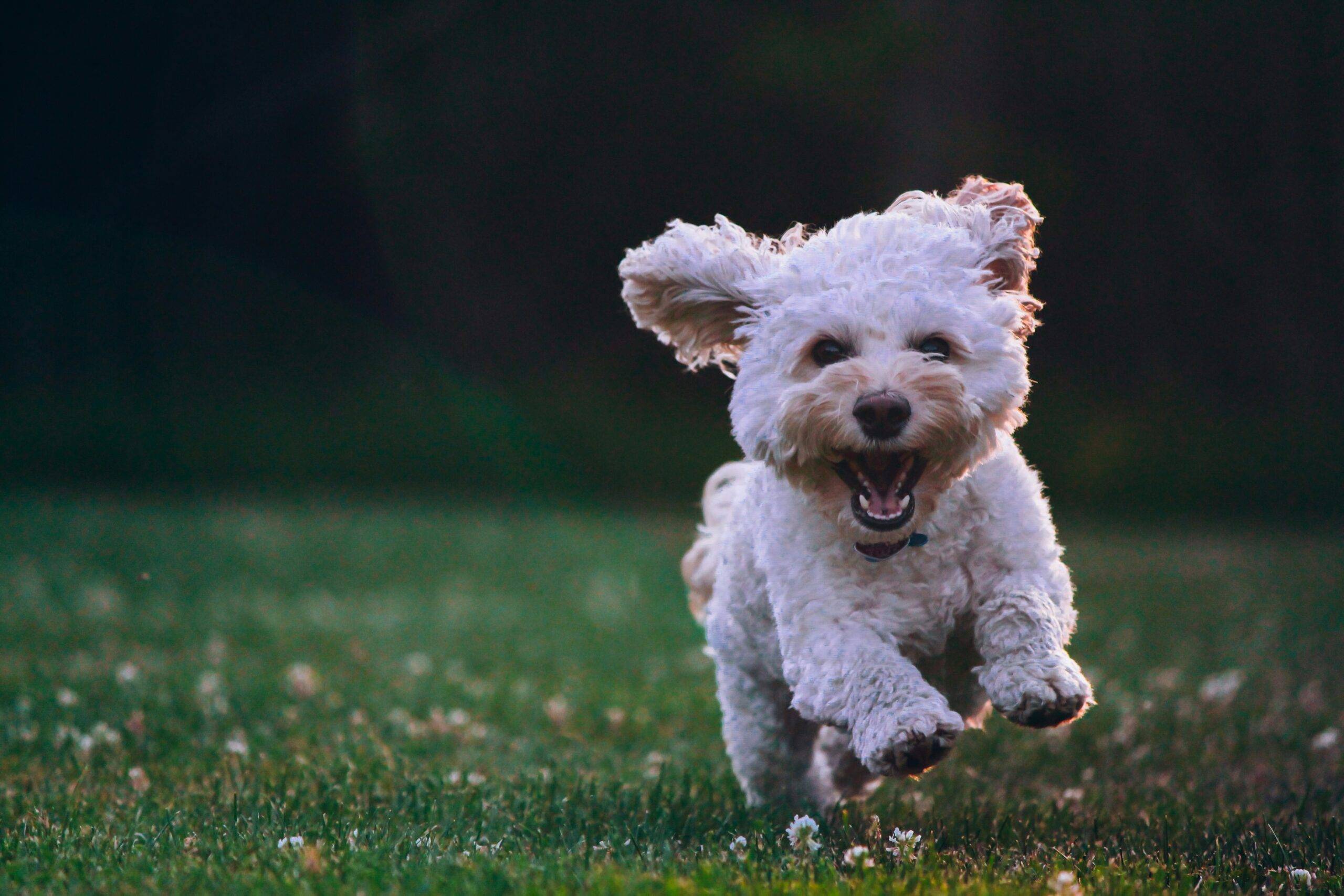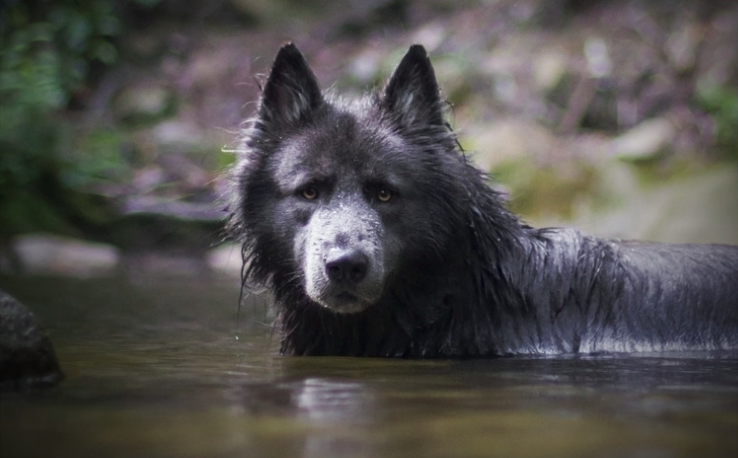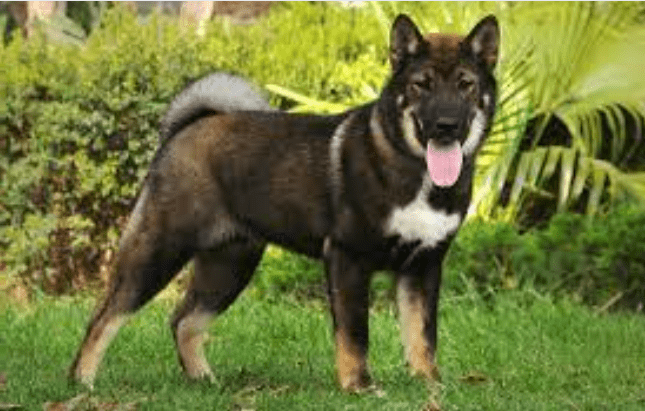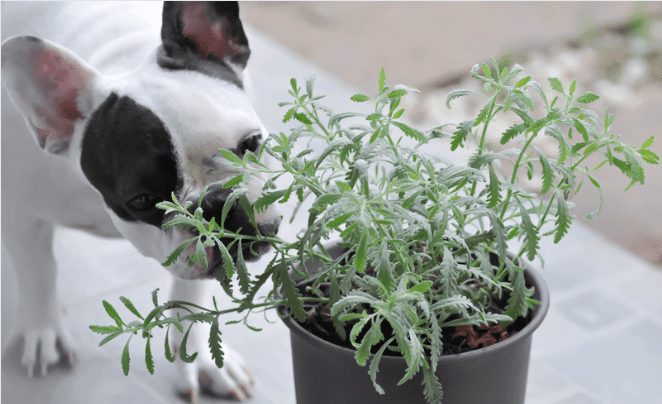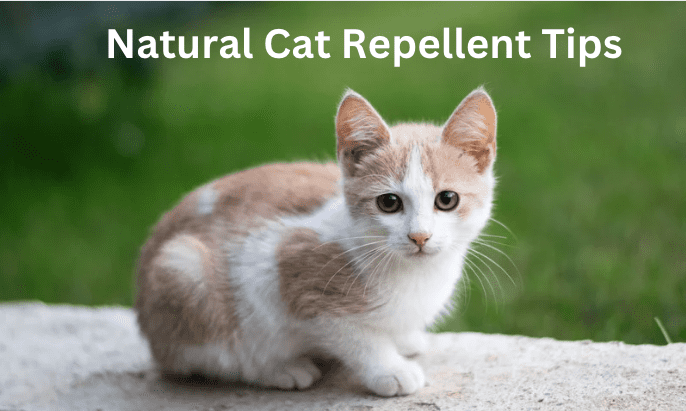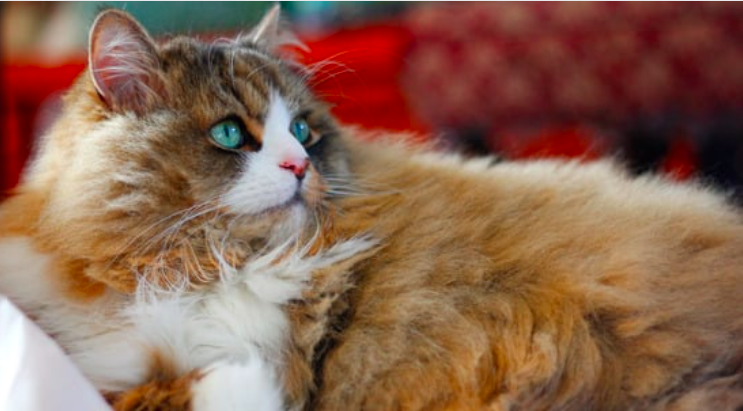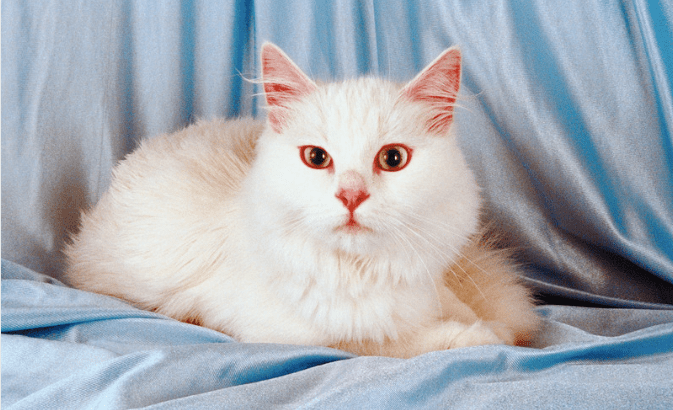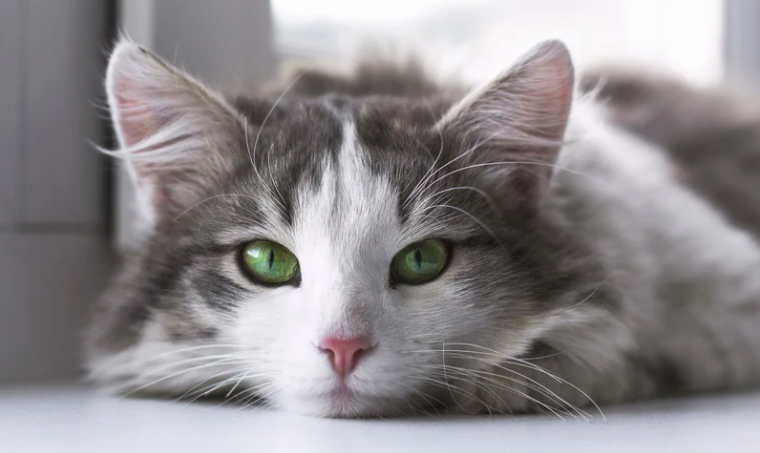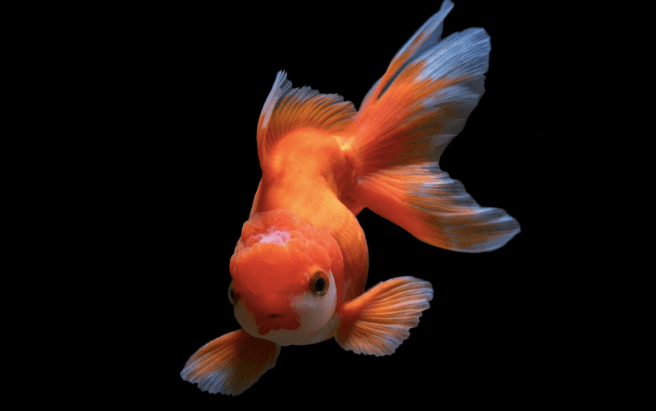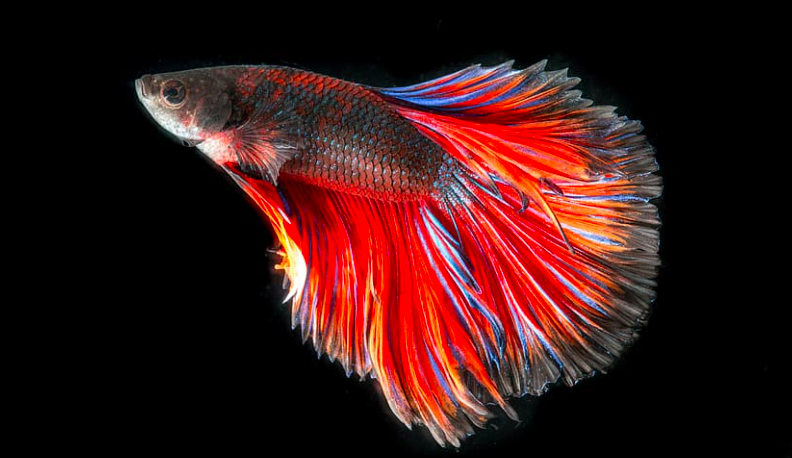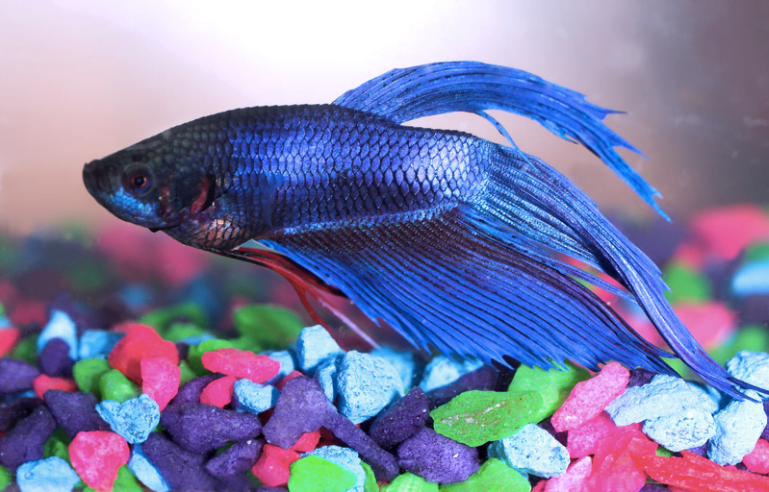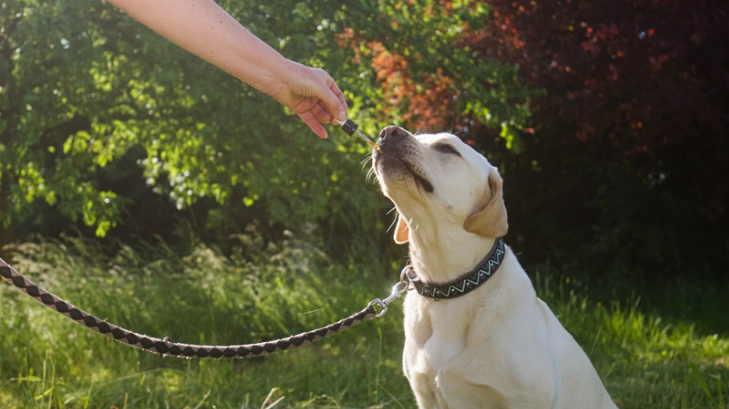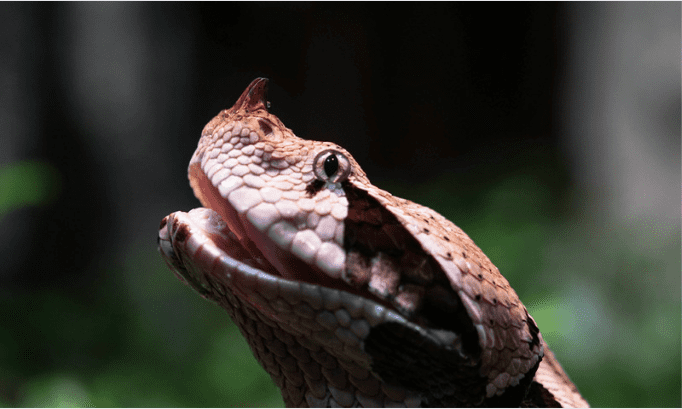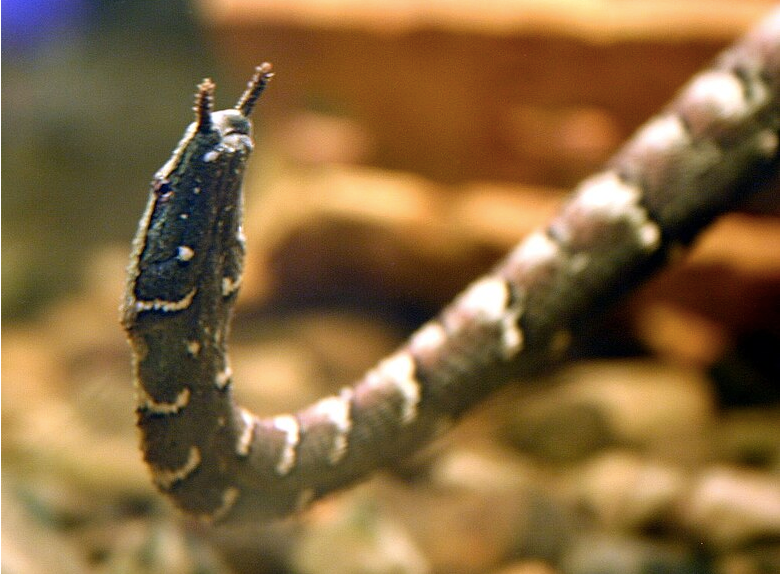Bear vs Wolves: A Dynamic Duel For Survival In Wild Scandinavia
In the untamed wilderness of Scandinavia, a dynamic duel unfolds as the sun sets, casting long shadows over the snow-capped landscape.
Amidst the icy streams, dense woodlands, and expansive tundras, two of nature’s most formidable creatures stand their ground in an epic battle for survival.
This is the world of the bear and the wolf, where power meets cunning, solitary strength clashes with pack unity, and each day brings a new challenge in the struggle for sustenance.
In this captivating narrative, we delve deep into the heart of wild Scandinavia to explore the complex relationship between these predators.
It’s a tale that unravels the intricate dynamics of nature, highlighting the extraordinary adaptations and survival strategies that define the lives of bears and wolves.
“Bear vs Wolves: A Dynamic Duel For Survival In Wild Scandinavia” is more than just a snapshot of predator interactions.
It’s a journey into understanding how the bear’s might and the wolves’ pack mentality shape their world and, by extension, the ecosystem they inhabit.
From the mighty bear’s fishing skills to the relentless persistence of wolf packs during hunts, every aspect of their existence weaves an incredible story of life in the wilderness.
Join us as we explore this fascinating saga, shedding light on the intriguing interplay between competition and coexistence, power and strategy, and the far-reaching impact of these interactions on the Scandinavian wilderness.
Let’s embark on this journey, a testament to the raw, untamed beauty of nature and the enduring spirit of its most formidable inhabitants.
The Might of the Bear
The bear, particularly the Brown Bear, is an undeniable force to reckon with in the wilderness of Scandinavia. An emblem of raw strength and resilience, the bear stands as an emblem of the wild, untamed beauty of this region.

Physical Prowess of the Bear
Bears are equipped with remarkable physical attributes that play a vital role in their survival. Their bulky body structure, powerful limbs, and sharp claws make them formidable opponents and skilled hunters.
Moreover, their incredible sense of smell, believed to be among the keenest in the animal kingdom, allows them to locate food sources from miles away.
Hibernation: A Survival Strategy
One of the most fascinating aspects of bear behavior is hibernation. This survival strategy allows them to endure the harsh Scandinavian winters when food is scarce.
During this period, their metabolism slows down, enabling them to live off their stored fat reserves for several months without eating, drinking, or excreting.
The Bear’s Fishing Skills
When it comes to fishing, few animals can rival the prowess of a bear. Their technique of catching fish, particularly salmon during spawning season, is a spectacle in itself.
Waiting patiently by the riverbanks, they strike with lightning speed when a fish swims by.
This ability to catch and consume fish provides a significant advantage, especially considering the high protein content that aids in building up their fat reserves.
Asserting Dominance: The Territorial Nature of Bears
Bears are highly territorial creatures, often patrolling and marking their territories to warn off intruders. They use their strength to assert dominance and safeguard their territory, especially when it’s a prime location with abundant food resources.
This territorial behavior is most pronounced during the mating season and when a female bear is protecting her cubs.
The bear’s might, thus, extends beyond mere physical strength. It’s a culmination of their survival strategies, hunting skills, and territorial instincts, making them one of the most respected creatures in the Scandinavian wilderness.
The Wolves: Pack Mentality and Persistence
In contrast to the solitary might of the bear, wolves display a different set of strengths rooted in unity, cooperation, and tenacity.

The Gray Wolf packs of Scandinavia embody these traits, demonstrating a complex social structure that enhances their survival in the wild.
The Power of the Pack
The concept of the ‘wolf pack’ is fundamental to their survival and success. A pack typically consists of an alpha pair (the dominant male and female), their offspring, and sometimes a few other adults.
This social structure allows them to take down large prey and defend against threats more effectively than they could as individuals.
Communication within the Pack
Wolves have developed a sophisticated system of communication that uses vocalizations, body language, and scent marking.
This constant communication maintains social order within the pack and facilitates coordinated hunting strategies.
Wolves’ Hunting Tactics: The Pursuit of Prey
Wolves’ hunting tactics reflect their intelligence and teamwork. They often work together to isolate a weak or young individual from a herd and exhaust it in a chase, eventually cornering it for the kill.
Their persistence during hunts is extraordinary and a testament to their resilience.
Raising the Next Generation: Pup Rearing
Wolf packs are incredibly involved in pup rearing. After a gestation period of about 63 days, wolf pups are born blind and helpless.
It’s the responsibility of the entire pack to protect and feed these pups until they’re capable of participating in hunts. This shared responsibility strengthens the bond within the pack and ensures the survival of the next generation.
The wolves’ pack mentality, effective communication, coordinated hunting strategies and shared pup-rearing responsibilities all contribute to their enduring presence in the harsh environment of wild Scandinavia.
It’s a testament to the power of unity and persistence in the face of adversity.
Battle for Food: A Complex Relationship
The interactions between bears and wolves, particularly in the context of competing for food, are far from straightforward. These encounters are shaped by numerous variables, creating a complex relationship that is as fascinating as it is unpredictable.
Clash of Titans: Bears and Wolves at a Kill Site
The sight of a bear and a wolf pack converging on a kill site is nothing short of dramatic. Given their status as top predators, both animals usually avoid unnecessary confrontations. However, the prospect of a sizable meal can tip the scales, leading to intense showdowns.
Interspecies Dynamics: Power Play and Tactics
When it comes to power play and tactics, bears and wolves display distinct strategies.
A bear, relying on its size and strength, may attempt to intimidate the wolves and claim the carcass. On the other hand, wolves might use their numbers and agility to harass the bear, aiming to distract it and buy time for pack members to feed.
Opportunistic Behavior: Scavenging and Stealing
Both bears and wolves can be opportunistic, resorting to scavenging or stealing kills when the opportunity presents itself.
For instance, a bear might encroach upon a wolf pack’s kill, using its formidable strength to scare off the wolves and take over the meal.
Conversely, wolves might snatch away remnants of a bear’s meal, utilizing their speed and coordination to avoid a direct confrontation.
Unusual Truces: Shared Meals and Temporary Peace
Interestingly, there are instances when these predators have been observed sharing a kill. This typically happens when the meal is abundant, and the risk of fighting outweighs the benefits.
During such unusual truces, bears and wolves maintain a safe distance from each other, cautiously eating their fill before moving on.
The “Battle for Food” between bears and wolves showcases the complex dynamics of interspecies interactions.
It’s a dance that involves a delicate balance of power, tactical maneuvering, opportunistic behavior, and sometimes even unexpected truces, reflecting the intriguingly complex web of life in wild Scandinavia.
Beyond the Battle: The Impact on the Ecosystem
The bear and wolf battles for food do more than just showcase their survival skills and strategies. These interactions play a crucial role in shaping the ecosystem of wild Scandinavia, influencing biodiversity and maintaining a delicate ecological balance.
Predators as Ecosystem Engineers
Bears and wolves, as apex predators, regulate the populations of herbivores like elk and reindeer. This control prevents overgrazing, thus preserving vegetation and indirectly benefiting other species.
Consequently, these predators are considered “ecosystem engineers”, actively molding the environment around them.
The Trophic Cascade Effect
Predators often trigger a “trophic cascade” – an ecological phenomenon where changes at one trophic level (e.g., predators) cascade down to influence other levels.
For instance, a healthy wolf population can control the number of deer, allowing vegetation to flourish, which in turn benefits various herbivores and insects.
Scavengers Benefit from Predator Prey-Kills
Bears and wolves indirectly provide food for scavengers through their kills. Ravens, eagles, and even smaller carnivores depend on the remains of these kills, essentially turning a predator-prey interaction into a life-giving event for many other species.
Role in Seed Dispersal and Nutrient Cycling
Both bears and wolves contribute to seed dispersal and nutrient cycling. Bears, through their omnivorous diet, consume a variety of fruits and berries.
The seeds from these fruits, later excreted by the bear, help in the dispersal of various plant species. Similarly, wolves, by leaving behind the remains of their kills, return essential nutrients back to the soil, aiding in nutrient cycling.
The battles between bears and wolves extend beyond dramatic showdowns and survival instincts; they symbolize the dynamic interplay between different species that ultimately shapes the ecosystem.
These interactions underscore the importance of every organism, no matter how fierce or humble, in maintaining the harmony of nature.
Conclusion
The compelling saga of bears and wolves battling for survival in the wild terrain of Scandinavia is a tale of strength, cunning, cooperation, and, above all, an unwavering will to survive.
As apex predators, they demonstrate remarkable adaptations to navigate the challenges of their environment, yet their interactions reveal a dynamic and complex relationship marked by competition and, surprisingly, moments of peace.
It’s a dance as old as time itself, playing out in the icy streams, dense forests, and open tundras of wild Scandinavia.
The bear, embodying solitary might and raw power, and the wolves, illustrating the strength of unity and relentless pursuit, bring forth a dynamic, ever-changing tableau of life in the wilderness.
Yet, the spectacle of these majestic creatures clashing over food unravels a narrative that extends far beyond survival. It’s a story of life intertwined in the delicate web of the ecosystem, where every encounter has far-reaching impacts rippling across various species.
From sustaining scavengers to shaping the landscape, these predators play a pivotal role as ecosystem engineers.
In essence, the bear versus wolves battle for food in wild Scandinavia paints a profound portrait of the intricate dynamics of nature.
It’s a testament to the enduring spirit of wildlife and a compelling reminder of the delicate balance that sustains the dance of life on our remarkable planet.
Questions People Also Ask: (FAQs)
What are the primary food sources for bears and wolves in Scandinavia?
Bears are omnivores with a diet ranging from berries, insects, and roots, to large mammals. Wolves, on the other hand, are carnivores that mostly prey on large ungulates like elk, reindeer, and sometimes smaller mammals.
Do bears and wolves interact outside the context of food competition?
Yes, their interactions are not always confrontational. Instances of wolves and bears ignoring each other, or even sharing a carcass without conflict, have been observed.
How many wolves usually form a pack in the wild?
A wolf pack usually consists of 6 to 8 wolves, but it can vary widely, depending on various factors like availability of prey and territory size.
How does climate change impact the food competition between bears and wolves?
Climate change can disrupt the availability and distribution of food sources, leading to heightened competition. It can also affect the animals’ hunting patterns and hibernation periods.
Are there any conservation efforts in place for bears and wolves in Scandinavia?
Yes, both bears and wolves are protected species in Scandinavia. Various conservation initiatives focus on protecting their habitats, monitoring populations, and mitigating human-wildlife conflict.
How often do direct confrontations between bears and wolves occur?
Direct confrontations are not as frequent as one might think. Both animals prefer to avoid unnecessary fights if possible, as injuries could lead to an inability to hunt and eventual death.
Can wolves and bears coexist peacefully?
While they are competitors for food, peaceful coexistence is possible and has been observed. The relationship between wolves and bears is complex and can range from indifference to competition, based on factors like food availability and pack or individual behavior.
And so, we end our journey through the epic tale of the bear and wolves in wild Scandinavia. The clash of these titans paints a captivating portrait of life in the wilderness, a testament to the enduring spirit of nature.
We appreciate you for taking the time to read this article!
Finally, we hope you found this article interesting? And what do you think about ”Bear vs Wolves: A Dynamic Duel For Survival In Wild Scandinavia!?”
Please feel free to share or inform your friends about this article and this site, thanks!
And let us know if you observe something that isn’t quite right.


